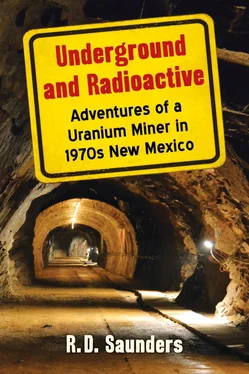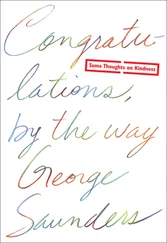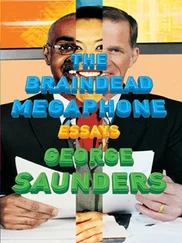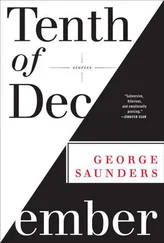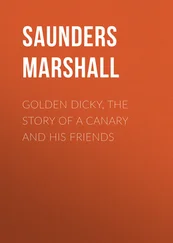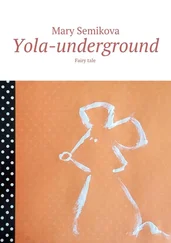As I sat in my car watching the races and listening to music, my hopes weren’t up that she would show. There were plenty of exceptional miners around making $200 an hour or better who were available for a single woman to choose from. Professionally speaking, I was dwarfed by those guys.
To my surprise Ana Maria did show at the agreed-upon time. We had a nice afternoon talking and a few laughs, but I ended up having to drop my alter ego, Rogelio.
After that day we saw a lot of each other, mostly on weekends for a couple of months, until one day Ana Maria announced she was moving to El Paso. The reasons for the move weren’t clear to me or I wasn’t hearing well, but either way there wasn’t anything I could do about it.
I was disappointed but took solace in that she encouraged me to visit her in El Paso. I looked forward to that, and soon after I began a long streak of visiting El Paso every weekend.
At the end of every Friday shift at Section 35, I’d be off on the three-hundred-mile drive armed with a case of Tab and my tape collection. It took about four hours to make the trip and, sometimes significantly less if the state police patrol officers weren’t out and about.
Socorro, New Mexico, had a state police office in town, and those who knew the route were aware that speed traps were often set up among the gently rolling hills of I-25 just south of town. Of course there was a price to be paid get that kind of information, and being one of the speeders, I was caught once.
I would drive the route from Grants to El Paso at between eighty-five and ninety. The speed limit at the time was fifty-five. I came up over a hill just south of Socorro doing at least ninety, and there in the center of the interstate was a state police car. Doing ninety miles per hour in a fifty-five zone was going to get me pulled over, so as I approached the police unit, I quickly hit the brakes and was on the side of the road waiting before the officer even had time to turn onto the road.
When the officer approached my car, he said, “That was pretty good. Thanks for stopping so quickly. I’ll tell you what I’ll do. You’re getting a ticket for doing sixty-five instead of ninety-two. It’ll save you some money.”
The officer did write me the ticket and then said, “Slow down. Got it?”
“Yup, I got it. Thanks.”
Ever grateful for such leniency, I of course had no intention of slowing down, except through Socorro where to this day I always lift off the gas pedal a little.
For the most part, those trips to El Paso were immensely enjoyable. The summer evenings were warm, and the breezes always seemed to be up, and the company of Ana Maria was wonderful. The night life was a respite from the weekly grind at Kerr-McGee and of a kind entirely unavailable in Grants. Still, with visions of Marty Robbins’s “El Paso” rattling around in my head, I’m sure the reality was far less exotic than it felt to me at the time.
I liked El Paso and, having visited many times since in subsequent years, still do. While El Paso was great, Ciudad Juarez was better.
The northern Mexican city of Ciudad Juarez lies just south of El Paso on the other side of the Rio Grande River. Taken together the two cities have a combined population of about two and a half million.
Spanish explorers in the 1650s founded Juarez. Named for the exiled Mexican president Benito Juarez, it began as a city along the El Camino Real de Tierra Adentro (the Royal Road of the Interior Land) as part of a northern trade route through the southern Rockies all the way to Santa Fe. Many sections of the original trail, in spots running parallel to I-25, are still clearly visible. Evidently Juarez was as much a magnificent place to rest and recuperate in the 1650s as it was in the 1970s.
Ana Maria and I would frequently drive across the Bridge of the Americas and into Juarez to visit bars and restaurants, shop for groceries, go to the outdoor mall, or sometimes just to drive the city streets.
Getting into Mexico was as easy as it got. Mexican customs agents never once had us pull over for any reason. I usually slowed down just enough to see the hand signals the agents would give to either keep on going or to stop.
Our favorite night spot was the Camino Real Hotel. A beautiful old hotel, the Camino Real featured mariachi bands in the downstairs bar and disco upstairs. I greatly preferred the downstairs because of the local flavor it afforded.
It was there in the mariachi bar that I was introduced to real nachos, not the Doritos with Cheez Whiz, but the good stuff with handmade tortilla chips, refried beans, melted cheese, and some very hot jalapeno pepper slices. These the hotel staff would serve on gigantic platters. While I wasn’t much of a beer drinker, I found the local beer to go very well with those nachos.
It was rare that I knew what the mariachis were singing about, but it was beautiful, relaxing music. Sometimes we’d go out by the pool under the palms and listen to the music wafting through the open windows of the mariachi bar and just talk and talk all night until it was time to head back to the States.
Getting back into the United States was at first always interesting. It was unusual for me not to be pulled over on the U.S. side of the bridge by U.S. Customs and Border Protection agents. I don’t know what profile it was that the customs agents were working off of, but I know we, or I, matched it.
Often the agents would search only the car, but occasionally they would take dogs through the vehicle. That worried me because I imagined the possibility someone had planted drugs in the hubcaps or somewhere else under the car, planning to follow us and pick up their stash when we stopped. It never happened but seemed a reasonable possibility at the time.
Often during a thorough search, customs agents directed us to stand behind large Plexiglas or maybe bullet-resistant screens. Then we learned how not to get stopped.
U.S. agents always seemed to ask the same questions, revolving around how long we had been in Mexico and what we’d been doing. When an agent asked, “How long have you been in Mexico?” the incorrect answers included “Not long” and “Just doing some shopping.” Those answers got us pulled over every time.
The bakeries in Mexico seemed to always serve only warm goods. The fresh tortillas were incredible, as were the many different types of rolls. They were worth a special trip. I rarely missed an opportunity to try a new bakery or revisit an old one. I once went over the bridge for some pastries at a magnificent bakery there in Juarez. I picked up the pastries, turned around, and went back to El Paso.
When customs agents asked how long I had been in Mexico, I said, “About twenty minutes.” That triggered a full inspection by agents and dogs and found me standing behind the bulletproof barrier.
Getting tired of being pulled over, I tried experimenting with different answers until I found the one that always worked. The correct answer to the question of how long had I been in Mexico was “I don’t know. We’ve been partying over at the Camino Real,” with an emphasis on partying and acting just slightly inebriated. That answer worked every time, effectively ending the stops and searches.
Even after my weekly forays into Mexico ended, I continued to use that partying story technique, and it worked every time. The older I got, the less I needed to use it until finally I had only to act my age to get over the border. These days I mostly get bored looks from U.S. Customs and Border Protection agents.
When we weren’t in Juarez, Ana Maria and I would be exploring the night spots and restaurants in El Paso, of which there were many excellent ones. El Paso by the Rio Grande is indeed a good city, and well worth a song or two.
Читать дальше
